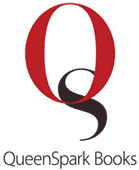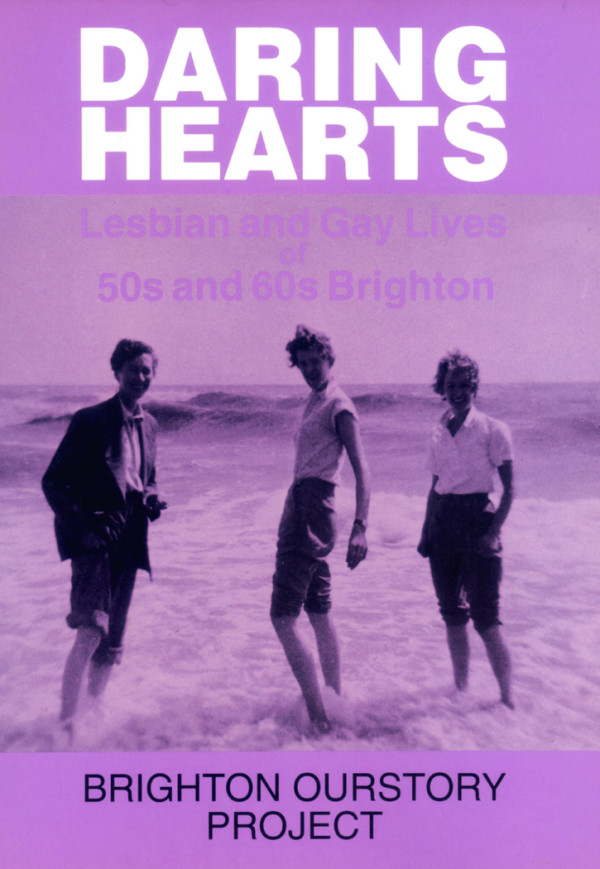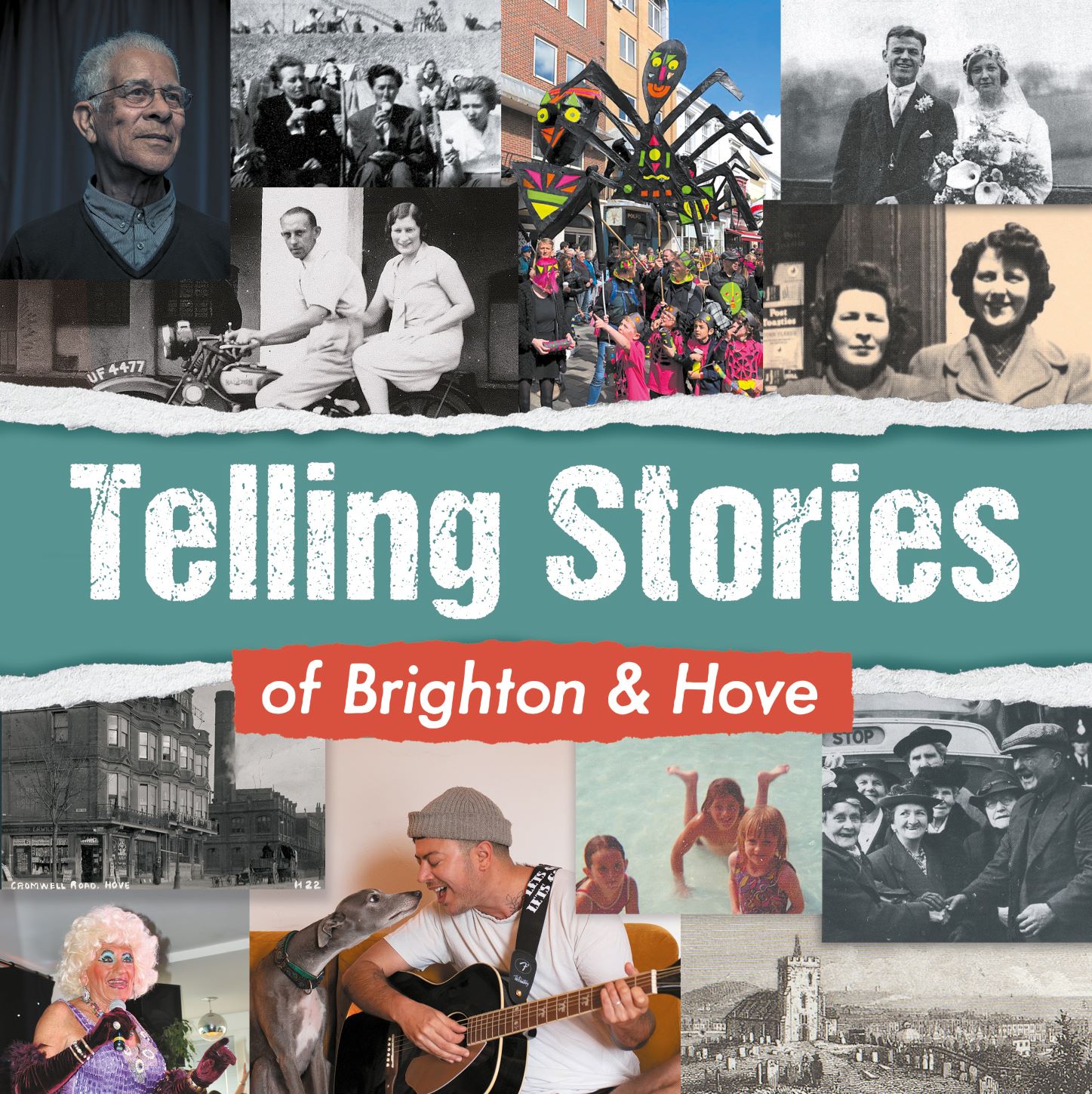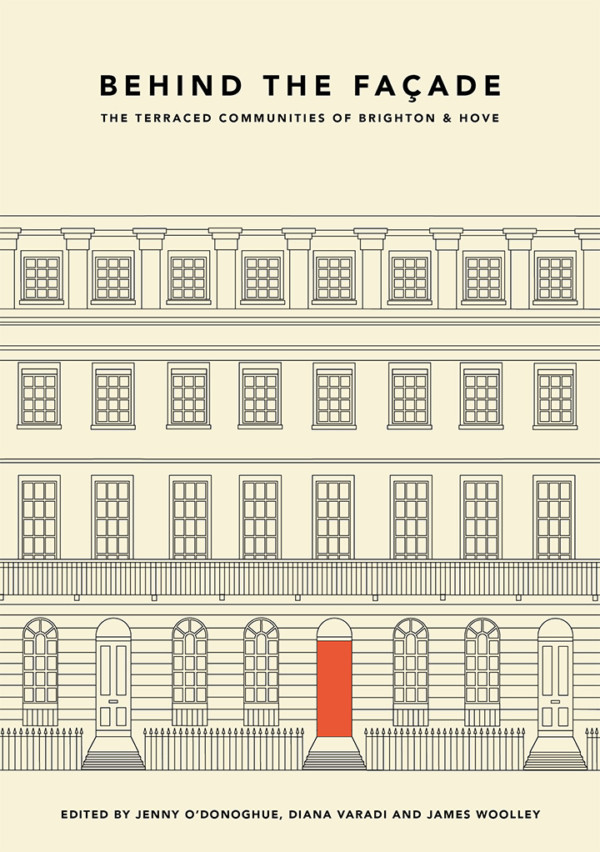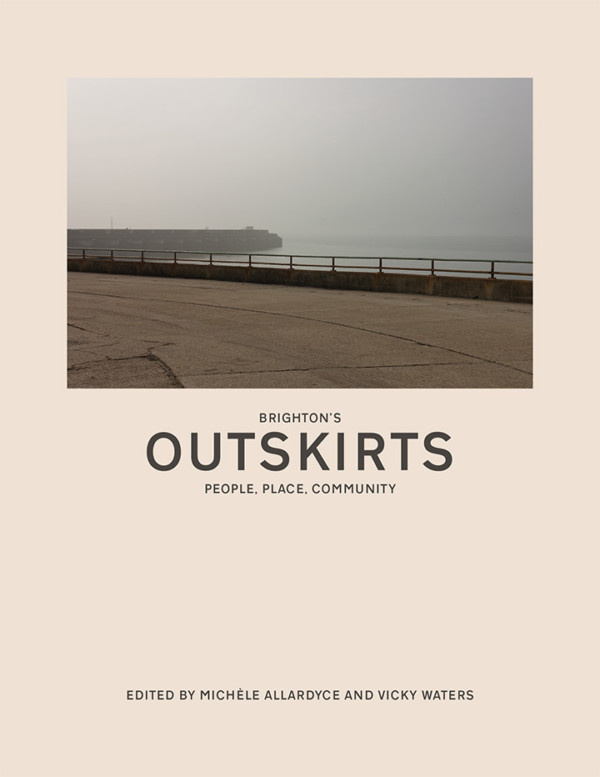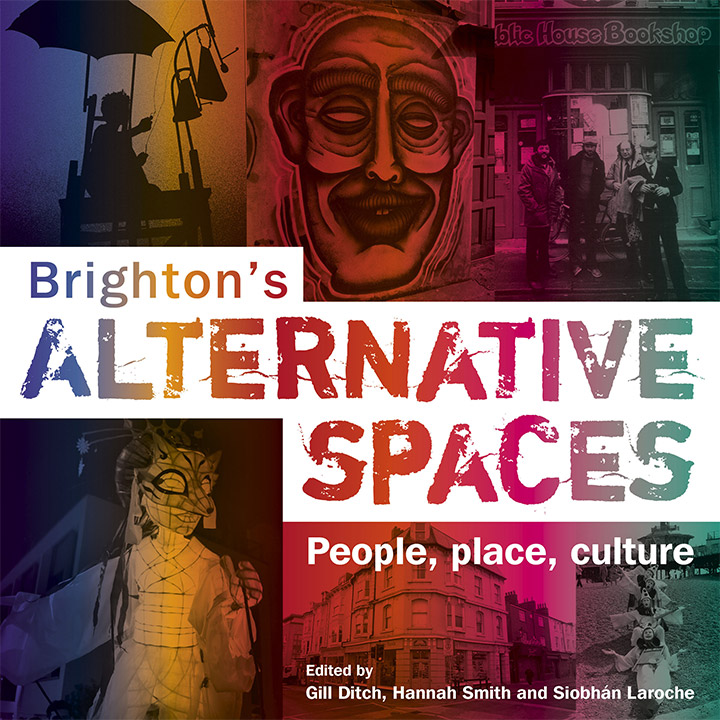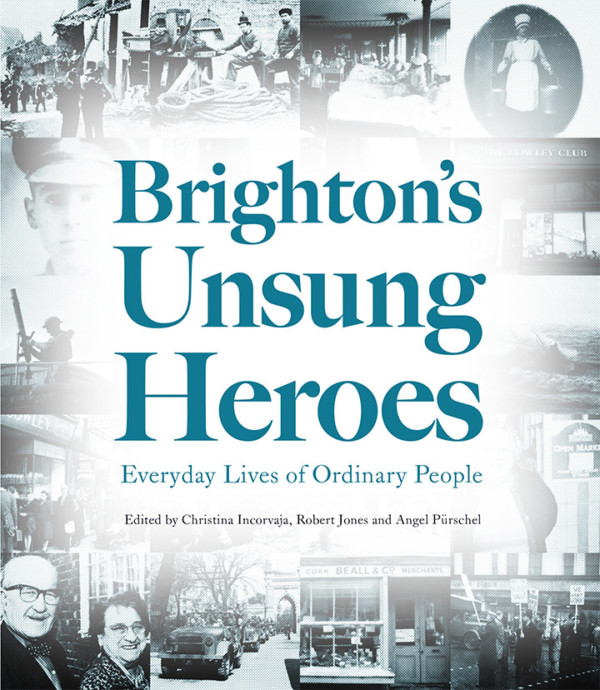You can buy copies of the book using Amazon Kindle, Google Play, the Apple store.
Long out of print, but now available as an e-book, Daring Hearts is the definitive guide to queer life in Brighton in the 1950s and 60s. It’s made up of a searing and informative collection of life stories based on taped interviews with forty lesbians and gay men who spoke openly about their lives in and around Brighton. Originally published in collaboration with Brighton Ourstory.
In the fifties and sixties the town enjoyed a national reputation as a haven for gay people and it was viewed as a relatively tolerant place for people to visit and live. Lesbians and gay men came from all over Britain for holidays and to settle down. Brighton was considered a type of ‘Eldorado’, a promised land, and this tradition remains today, where its thriving gay community is one of the largest in the country, outside London.
TED: I remember one night at the Curtain Club when they had a fight… This big, butch sailor decides he’s gonna lam into one of the queans ’cause he’s not getting what he wants. Well, the quean laid him out of course, didn’t she? You should have seen it, dear, they were carrying this butch omi out on the stretcher and there’s she, standing waving her handbag like a demented windmill saying, ‘THE COW, THE COW!’
A revival of the organised feminist movement was stirring in the United States. Betty Friedan and Simone de Beauvoir were widely read. But even in the fifties many lesbians had been seeking to lead fulfilled and autonomous lives. They were actively fighting to pursue their own careers, run their own homes and move independently in a man’s world.
A growing number of books on gay themes were being passed from hand to hand and read until they fell apart. Some were sensational pulp novels, others such as Maureen Duffy’s The Microcosm or Rodney Garland’s The Heart in Exile were sensitive treatments of gay life by lesbian and gay authors. On television, dramas and documentaries were attempting serious coverage of the subject and Nancy Spain was strutting her fearlessly butch stuff. On the Home Service, Jules and Sandy were treating the unsuspecting listeners of Round the Horne to bravura displays of polari.
AILEEN: We went to the Curtain Club and never went again. There was a strange sort of feeling. It was like hitting a brick wall and you weren’t allowed to go further. We went there with two of our friends, George and Steve. They took us down there. And I never felt such resentment regarding any females there. It was as if, this is our sanctum, you’re not allowed into it. And I felt rather sad about that because being part of the gay scene, with the Spotted Dog, accepted there, coming up against this barrier, it sort of throws you.
On the stage, the huge glam drag shows which followed the original ‘Soldiers in Skirts’ gave an unparalleled opportunity to camp themselves gutless in front of a paying audience. Plays like Five Finger Exercise (1958) by Peter Shaffer and The Boys in the Band (1969) by Mart Crowley broke new ground. In the cinema, Victim (1961), The Loudest Whisper (1962) and The Killing of Sister George (1969) drew huge lesbian and gay audiences. In 1967, the first of the gay male magazines appeared — TIMM followed by Spartacus and Jeremy — replacing the discreet nudge-nudge, wink-wink muscle magazines of the fifties.
Britain was moving from post-war austerity towards an idea of a permissive society’. Books, films, meetings, legislation, small acts of public courage together made a huge impression on lesbian and gay life. A movement towards radical change was growing. The seeds were sown for the flowering of the liberation movement of the early seventies. A new openness. Life would not be the same again. In 1950, it would have been unthinkable to speak of a mass homosexual love demonstration, as an anonymous lesbian was reported as suggesting in 1964.
SHEILA: Early sixties, Big Kay as we called her, she tried to open a private club. Jacaranda it was called and it had a private opening night party. There was no drinks allowed, you see, they weren’t allowed to sell them. But we were, naturally, having drinks but it was terribly unofficial. They’d only been charging, I think, a shilling for a drink, but they had been charging. And to our horror, the police raided us. Well, I think we all wanted to be violently sick. They didn’t arrest anybody, but they walked through the rooms and you can imagine what sort of expression they had on their faces, to see all the girls there, all dressed up. The couples were dancing, and all of a sudden somebody said, ‘The police have come.’ And I think everybody just stood stock still.
I think all our stomachs were churning over like mad. And I think everybody tried to disappear into the darkness. I think that we all tried to appear that we weren’t even there, still standing in couples, just waiting. And thank goodness, Kay dealt with the situation and the police went away. It was closed down unfortunately. Which was a great pity, because that would have been the one and only all-girls club. Most of the other places were mixed, which isn’t too bad, but then the boys don’t always like the girls, and the girls don’t always like the boys.
Want to learn more about Brighton’s LGBT/ queer history? Have a look at Brighton Trans*formed, which explores the rich variety of Transgender/ genderqueer lives in Brighton & Hove today
